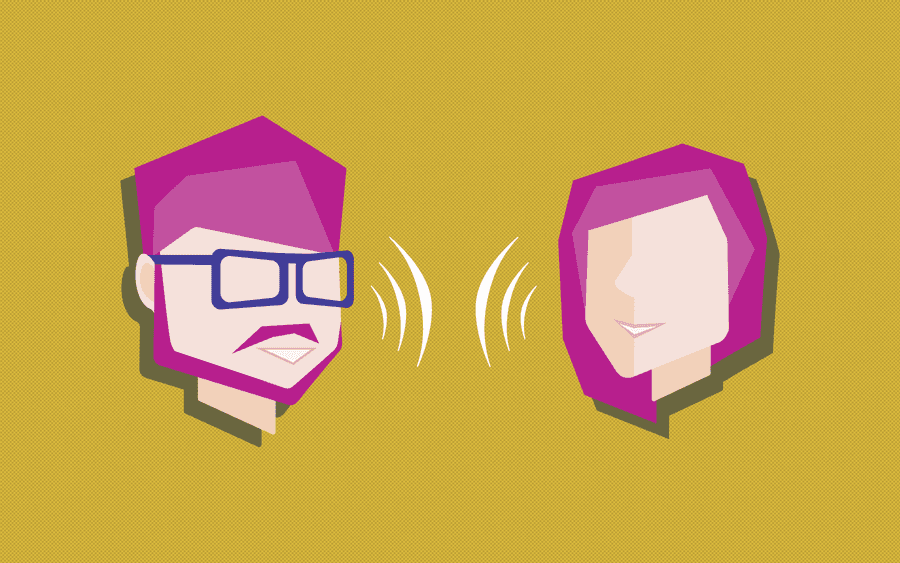How To Deal With FUD
We first need to identify the various fears, uncertainties and doubts (FUD) we have in ourselves, trying to resolve them when we know what they are and from where they are coming from.
One can deploy the principle of cui bono, asking yourself ‘who benefits?’ from this FUD being created in you. Likewise, various cognitive biases can be dissected.
Keep in mind that people often believe what they hear, and only object towards something wrong if they have full knowledge of the same and can therefore identify the error.
76
148 reads
CURATED FROM
IDEAS CURATED BY
The idea is part of this collection:
Learn more about psychology with this collection
How to find purpose and meaning in life
How to cultivate gratitude
Techniques for managing negative thoughts
Related collections
Similar ideas to How To Deal With FUD
How to resonate with your audience
You don't get to decide what's important to other people. When you show up, you have to deal with their world views, their biases, their fears.
As marketers, we have to see what one type of person in a certain setting buying our product will be reminded of.
For ...
Increasing Awareness Of Your Emotions
We do not give our emotions any thought, and move through them mechanically, making them the masters of our behaviour. Anyone can push the wrong buttons and trigger us in a few seconds.
We need to be aware of our emotions and feelings by asking ourselves the following:
- Wha...
How to deal with a covert-aggressive person
- Let go of the pretense that if you play nice, they will play nice.
- Know your vulnerabilities and focus on the one thing that really needs to change: yourself. You can only control what you do.
- Set some boundaries for yourself. Be prepared for the consequences and set a su...
Read & Learn
20x Faster
without
deepstash
with
deepstash
with
deepstash
Personalized microlearning
—
100+ Learning Journeys
—
Access to 200,000+ ideas
—
Access to the mobile app
—
Unlimited idea saving
—
—
Unlimited history
—
—
Unlimited listening to ideas
—
—
Downloading & offline access
—
—
Supercharge your mind with one idea per day
Enter your email and spend 1 minute every day to learn something new.
I agree to receive email updates
